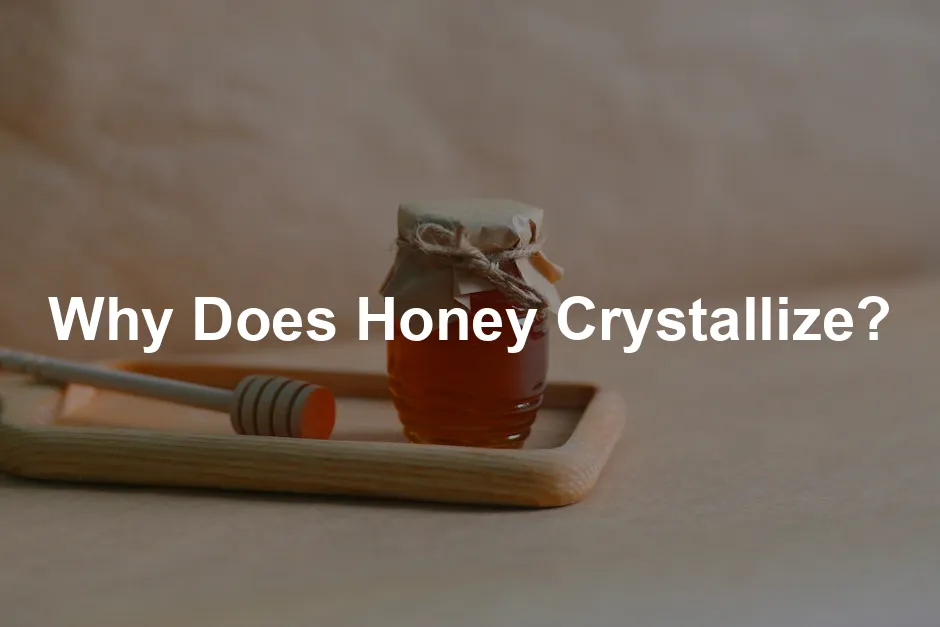
Why Does Honey Crystallize?
Introduction
Have you ever opened a jar of honey and found it crystallized? Many believe this means the honey has spoiled. In reality, crystallization is a natural occurrence. It’s a sign of pure, raw honey and showcases its beneficial properties. Let’s uncover why this happens and how it can be a good thing!
Speaking of pure honey, why not indulge in some high-quality Pure Organic Raw Honey? It’s not just delicious; it’s packed with nutrients and makes a perfect addition to your tea or toast!
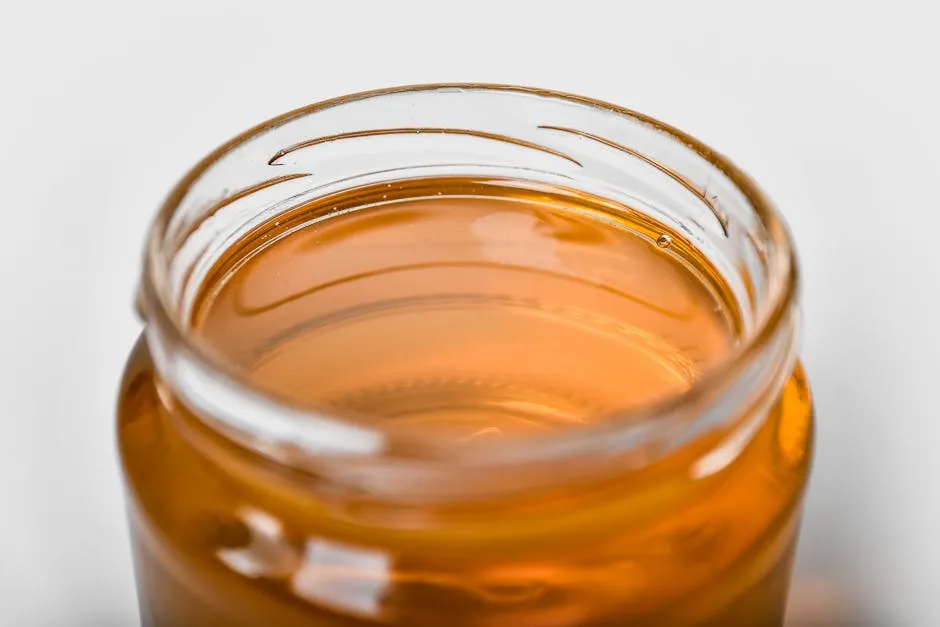
Summary and Overview
Honey crystallization, or granulation, is a process where liquid honey transforms into a semi-solid state. This phenomenon is significant as it indicates honey’s natural composition. When bees collect nectar, they create a supersaturated sugar solution. Over time, the balance of glucose and water shifts, leading to crystallization.
Several factors influence this process. The sugar composition plays a crucial role; honey high in glucose crystallizes faster than those with more fructose. Temperature also impacts crystallization rates. Cooler environments encourage faster solidification. Interestingly, crystallized honey retains its nutrients, preserving essential antioxidants and enzymes. Embracing this natural change can enhance your appreciation for honey’s authentic qualities.
To enjoy honey in its purest form, consider investing in a Manual Honey Extractor. It’s a fun way to get involved in beekeeping and ensures you get every last drop of that golden goodness!
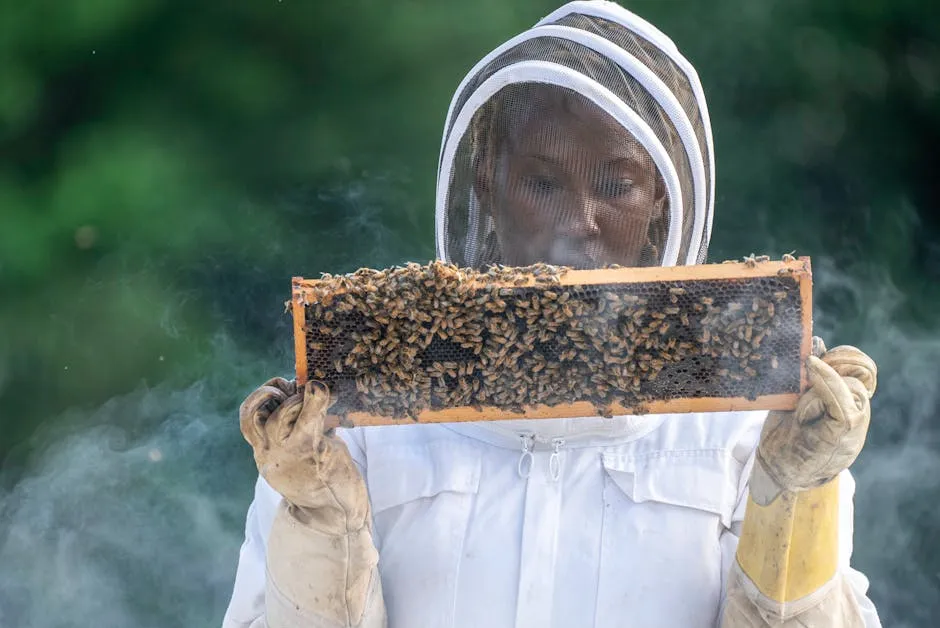
Understanding Honey and Its Composition
What is Honey?
Honey is a natural sweetener made by bees from flower nectar. It primarily consists of sugars and water, creating a unique blend. On average, honey contains about 80% sugar and 18% water. The main sugars are glucose and fructose, which occur in varying ratios depending on the nectar source. This composition is what makes honey so special, contributing to its flavor, aroma, and health benefits.
If you’re looking to enhance your honey experience, why not try a Glass Honey Dispenser with Dip Stick? It makes drizzling honey onto your favorite foods a breeze—no mess, just sweet satisfaction!
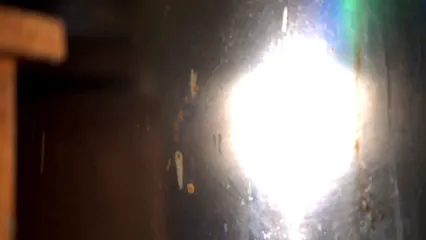
The Chemistry of Crystallization
Honey is a fascinating natural product. It often undergoes crystallization, which might seem strange at first. This process begins with a concept called supersaturation. Think of honey as a syrup packed with sugar. When bees collect nectar, they transform it into a supersaturated solution. This means it has more sugar dissolved in it than the water can hold.
Over time, the glucose in honey starts to precipitate out. This means that tiny glucose crystals form and settle out of the liquid. As more crystals develop, the honey thickens, and you get that familiar grainy texture.
Crystallization happens naturally. It’s a sign that the honey is pure and unprocessed. Many people appreciate this change because crystallized honey still retains all its nutrients. So, if your honey crystallizes, it’s not bad—it’s just part of its natural lifecycle. Embrace it!

Factors Influencing Honey Crystallization
Nectar Source
The type of flowers bees visit greatly affects honey’s crystallization rate. Different flowers yield different sugar compositions. Honeys high in glucose crystallize more quickly than those rich in fructose. For instance, wildflower honey often crystallizes faster than acacia honey, which is mostly fructose.
If we take a closer look, acacia honey remains liquid longer. This is due to its high fructose content. In contrast, honeys like goldenrod or clover, which are higher in glucose, tend to become solid quicker. The nectar source is key in determining how your honey might behave over time.
As you experiment with different types of honey, notice how their origins influence texture and taste. Each variety offers a unique experience. So, the next time you sample honey, remember the flowers behind it!
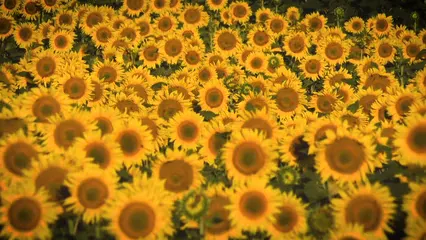
For a fun twist, try some Edible Honeycomb! It’s a delicious treat that adds a unique texture to your cheese board or can be enjoyed on its own.
Temperature and Storage Conditions
Temperature plays a crucial role in honey crystallization. Cooler temperatures can speed up the process. If you store honey in the fridge, expect it to crystallize faster. Ideally, keep honey at room temperature, around 60 to 70 degrees Fahrenheit.
Humidity also matters. High humidity can introduce moisture into the honey, leading to fermentation instead of crystallization. To preserve honey’s liquid state, store it in a tightly sealed container. Avoid exposing it to air, which can affect its quality.
So, what’s the best way to store honey? Keep it in a dark cupboard away from sunlight. This will help maintain its consistency and prevent premature crystallization. By managing temperature and storage, you can enjoy your honey in its desired state for longer!

Processing Methods
When comparing raw honey to processed honey, crystallization tendencies differ significantly. Raw honey contains natural particles like pollen and beeswax, which provide ideal surfaces for glucose to crystallize. This is why raw honey often crystallizes faster than its processed counterpart.
Processed honey undergoes filtration and pasteurization, removing these tiny particles. While this makes the honey clearer and more appealing, it also slows down the crystallization process. Without those natural components, glucose has fewer places to form crystals.
Moreover, the presence of pollen in raw honey contributes to its unique flavor and health benefits. These particulates not only enhance crystallization but also retain nutrients that might be lost during processing. Therefore, if you prefer a smoother texture, processed honey may be your go-to. However, embracing raw honey can offer richer flavors and a more natural experience, even if it crystallizes more quickly.

Addressing Crystallized Honey
Is Crystallized Honey Safe to Eat?
Crystallized honey is perfectly safe to consume. It’s a common misconception that crystallization indicates spoilage. In fact, this transformation is a natural process that preserves honey’s flavor and nutritional value. When honey crystallizes, it retains its antioxidants, enzymes, and other beneficial compounds.
You can still use crystallized honey in various culinary applications. It works wonderfully as a sweetener in baking or can be stirred into tea. Its thick texture makes it perfect for spreading on toast or biscuits. So, there’s no need to worry if your honey has crystallized; it’s simply showcasing its natural beauty and health benefits!
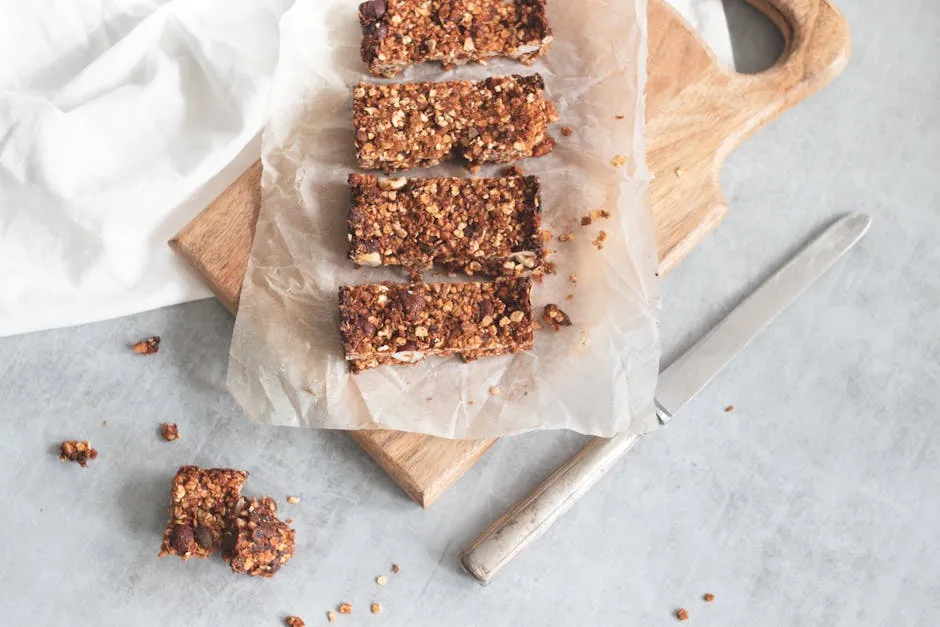
Speaking of baking, don’t forget to check out a Non-Stick Baking Set. It’ll make your baking adventures a breeze, especially when using that crystallized honey!
How to Prevent Crystallization
To minimize crystallization, proper storage is key. Store honey in a cool, dark place at room temperature. Avoid refrigeration, as cooler temperatures accelerate crystallization. Choose airtight containers to keep moisture out and preserve honey’s quality.
When using honey, try to consume it regularly. Frequent use can help prevent crystallization by keeping the honey in a more liquid state. Additionally, opt for glass containers over plastic. Glass is better for gentle heating if you need to re-liquefy crystallized honey. Remember these tips, and enjoy your honey in its perfect state for longer!
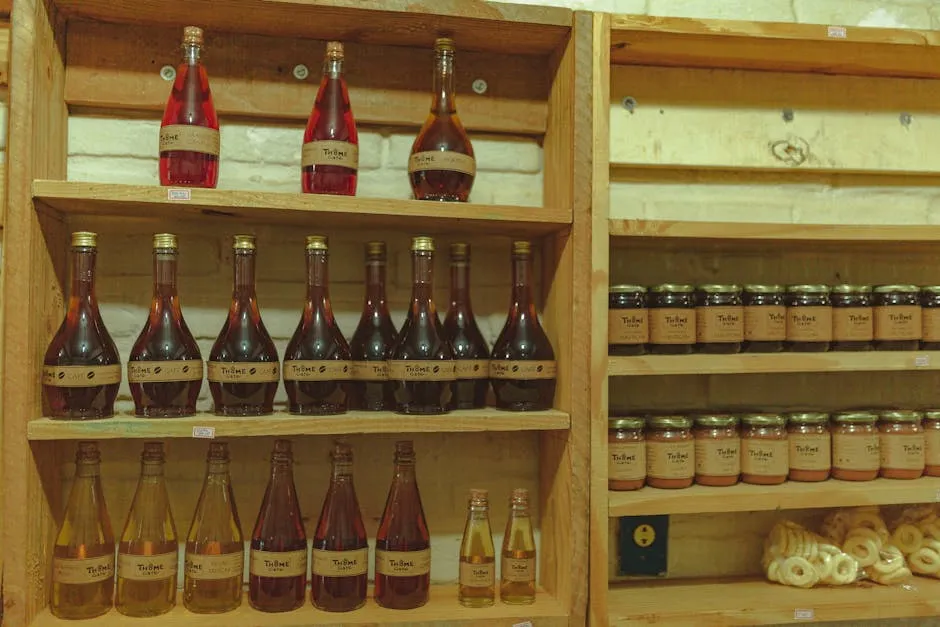
How to Decrystallize Honey
Have you ever found a jar of crystallized honey and wondered what to do with it? Don’t worry, it’s easy to restore it! Here’s a step-by-step guide to decrystallize honey safely.
First, prepare a warm water bath. Fill a bowl or pot with warm water, ensuring it’s not too hot. The ideal temperature should be around 95°F (35°C). Avoid using boiling water, as high heat can degrade honey’s beneficial properties.
Next, place the jar of crystallized honey into the warm water. Make sure the water level reaches about three-quarters up the side of the jar. Stir the honey gently with a spoon. This helps distribute the heat evenly and encourages the crystals to dissolve.
Keep an eye on the water temperature. If it cools down, replace it with more warm water. Depending on how crystallized your honey is, this process might take 20 to 30 minutes. Once it’s smooth again, remove the jar and store it in a cool, dark place to maintain its consistency.
For tools, a glass jar works best. It’s heat-resistant and won’t leach chemicals into your honey. You can also use a double boiler for more controlled heating if needed.
Now you’re ready to enjoy your liquid honey again! This method preserves all the natural nutrients and flavors.
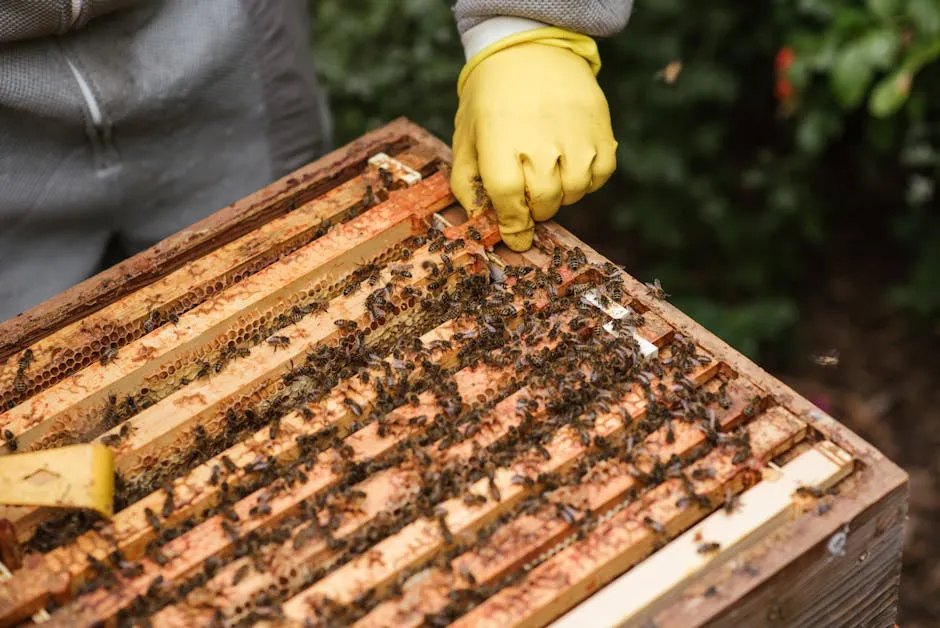
Conclusion
Crystallization is a natural process for honey that indicates its quality. Instead of viewing it as a flaw, embrace it as a sign of pure, raw honey. Even though it changes texture, crystallized honey retains its rich flavor and nutritional benefits.
Feel free to use crystallized honey in various recipes. It can sweeten baked goods, add flavor to teas, or serve as a delightful spread. So next time you encounter crystallized honey, remember—it’s not a problem; it’s a natural characteristic of this amazing substance!
And if you want to explore the world of honey further, check out “The Honey Cookbook”. It’s filled with delightful recipes that will make your taste buds dance!
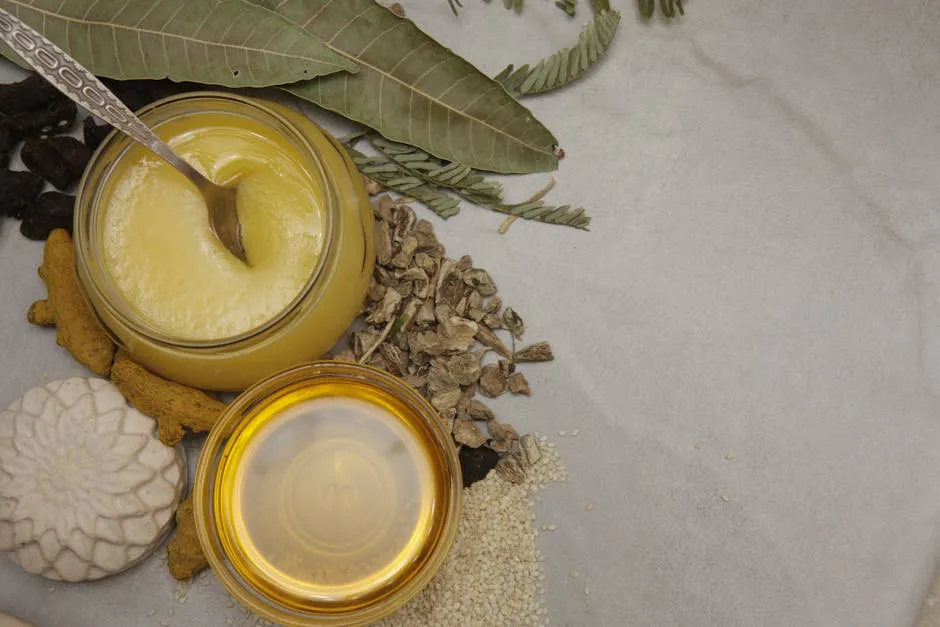
FAQs
What causes honey to crystallize?
Honey crystallizes due to its high glucose content. When temperatures drop, glucose separates from the water, forming crystals.
Is crystallized honey bad for health?
No, crystallized honey is safe to eat. It retains its nutrients and health benefits, so enjoy it without worry!
How can I prevent my honey from crystallizing?
To prevent crystallization, store honey in a cool, dark place at room temperature. Avoid refrigeration and use it regularly.
Can I Use Crystallized Honey in Cooking?
Absolutely! Crystallized honey is versatile and can enhance many dishes. Its thicker texture makes it a great sweetener for baking. You can easily stir it into batter or dough, adding a natural sweetness to your favorite recipes.
When it comes to hot drinks, crystallized honey melts beautifully. Just add it to your tea or coffee, and it will dissolve quickly, sweetening your beverage perfectly.
Want to make a delicious glaze? Combine crystallized honey with soy sauce or mustard for a flavorful marinade. You can even spread it on warm toast or biscuits, creating a delightful treat. So, don’t toss that crystallized honey—embrace its unique texture and flavor in your kitchen!
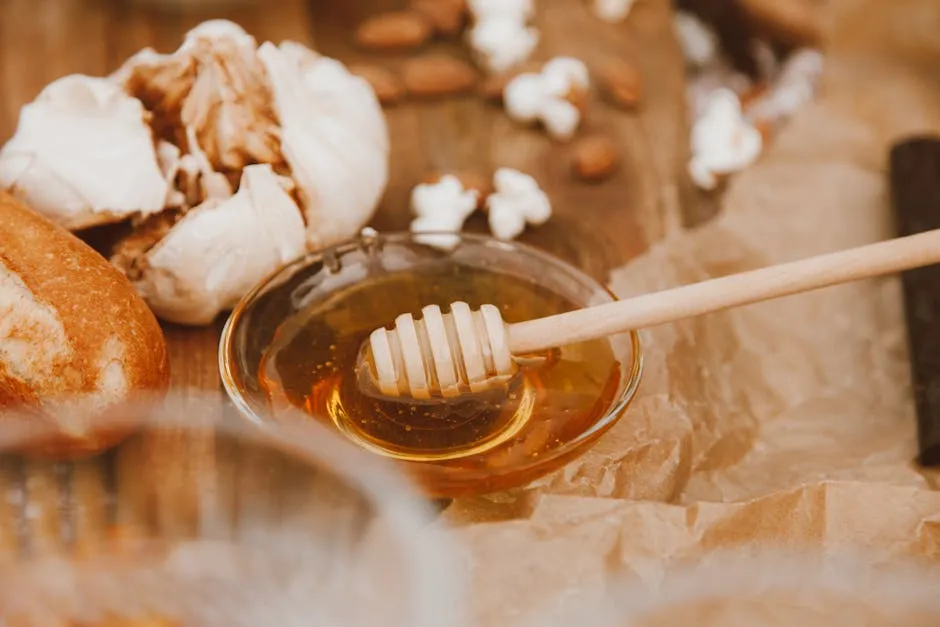
Why Does Raw Honey Crystallize Faster Than Processed Honey?
Raw honey tends to crystallize faster due to its natural components. It contains pollen, beeswax, and small particles that act as nucleation sites. These particles provide surfaces for glucose to crystallize more easily.
In contrast, processed honey undergoes filtration and pasteurization. These processes remove most of the pollen and impurities, reducing the chances of crystallization. Processed honey has a more uniform texture, which slows down the crystallization process.
Moreover, raw honey has a higher glucose content compared to fructose. This higher glucose ratio accelerates crystallization. So, if you’re looking for honey that crystallizes quickly, opt for raw varieties.
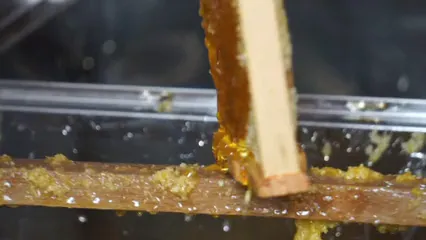
How Long Does It Take for Honey to Crystallize?
The time it takes for honey to crystallize varies widely. Factors include honey type, temperature, and storage conditions. Generally, honey can start to crystallize within a few weeks to several months.
For instance, honeys high in glucose, like wildflower or clover, tend to crystallize faster. In colder environments or if stored in the fridge, honey will crystallize more quickly.
Conversely, honeys with high fructose content, such as acacia, can remain liquid for a long time. Remember, the crystallization process is natural, and all honey will eventually crystallize if left long enough.
Please let us know what you think about our content by leaving a comment down below!
Thank you for reading till here 🙂
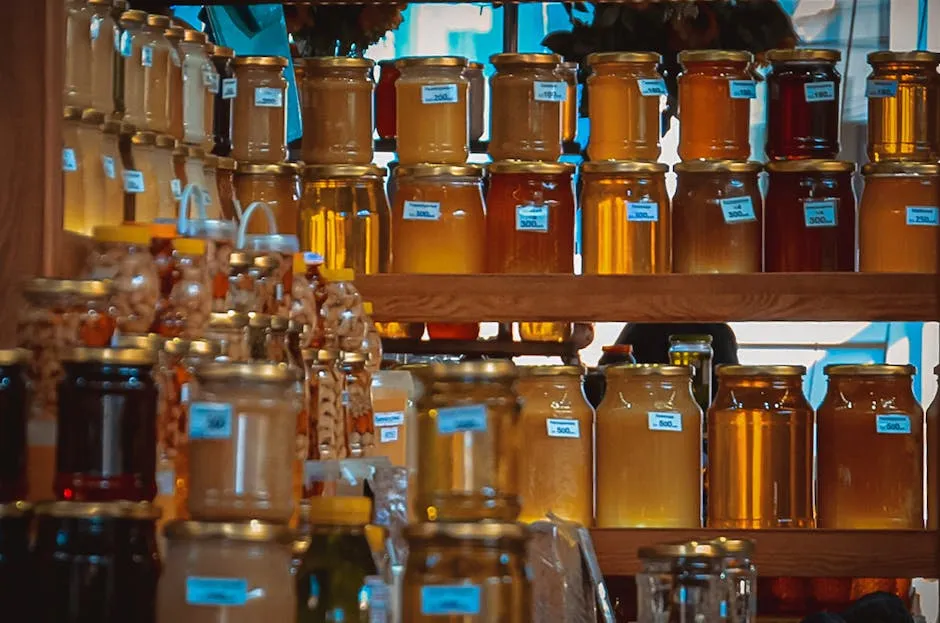
And if you’re looking for a way to enjoy honey in a new light, consider a Honey Tasting Flight Set. It’s a delightful way to explore different honey varieties and discover your favorites!
All images from Pexels




